Most of the production standards for helmets in Thailand use TIS, the industrial standard.
So what standards do world-class helmet brands use to test? Today, let’s get to know each other.
Many of you may have seen it. Or have you heard that this model of helmet, that brand, is certified by DOT, SNELL, ECE, Sharp, etc., and each standard has its own test format. For Thailand, the tester is TIS. Let’s learn about these standards. What are these? So what do they test and how do they test? Go and have a look.
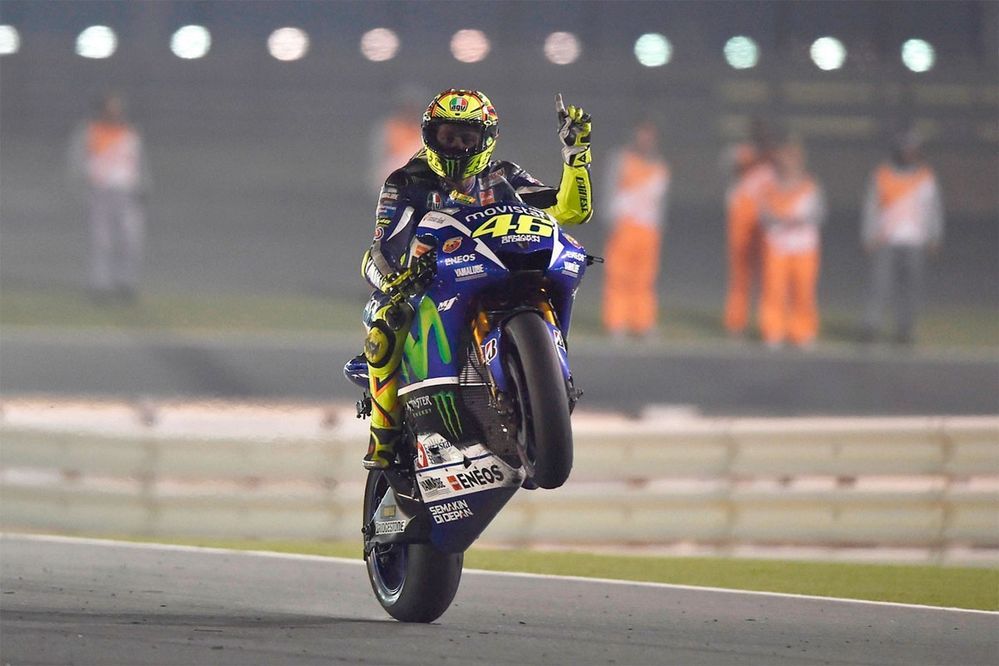
DOT is a transportation standard set by the U.S. Department of Transportation (DOT) and is the quality certification standard for helmets in the United States. The U.S. federal government requires that almost all products meet the requirements of the National Highway Safety Administration (NHTSA), requiring motorcycle helmets to be DOT certified and must meet minimum requirements and pass a series of impact tests. As long as the inspection is passed once, the product is considered qualified. Re-inspection will not be carried out unless the user complains and requests a re-inspection.
The impact test tests the position of the human model’s head. Sensors are installed inside the helmet to measure the speed and impact force when the helmet is dropped on a surface different from a predetermined height. The test is performed twice to ensure that the helmet can withstand more than one impact. Other tests include puncture, sharp objects, and chin strap strength tests.
After the test is passed, the DOT sticker will be affixed to the back of the helmet. This is a globally recognized standard.
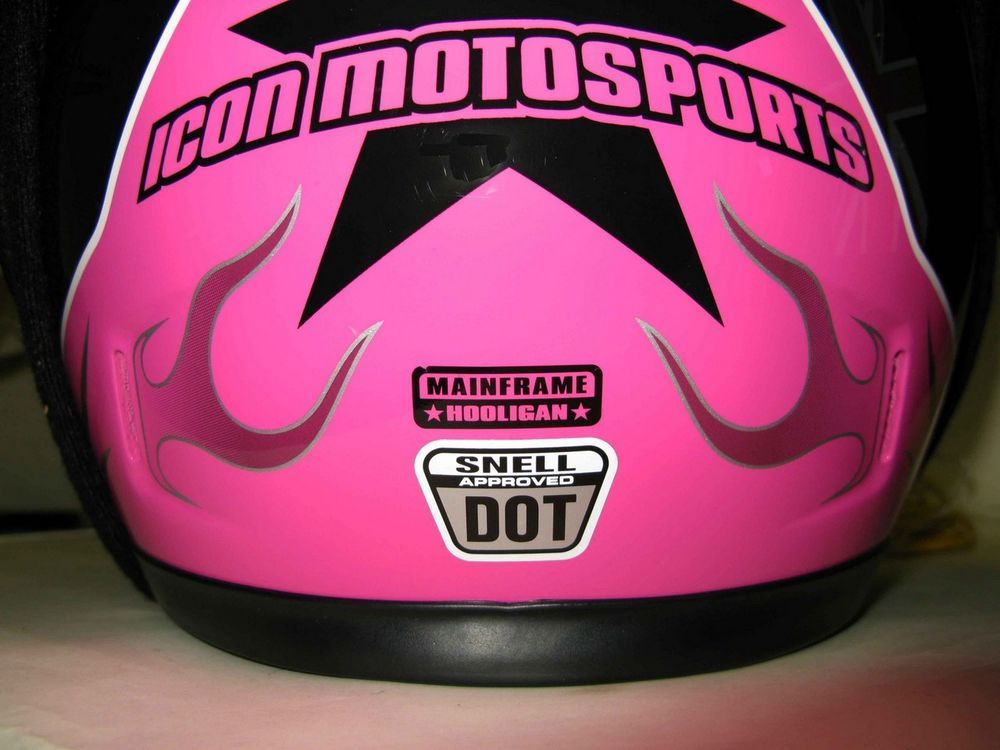
ECE stands for Economic Commission for Europe (ECE), an organization that monitors the quality and standards of various products. Whether it is helmets, clothes, shoes, pants, or even body armor. The motorcycle helmet part will be coded as ECER22-05, where the code R stands for regulation number 22, and 05 applies to motorcycles. The inspection standards are comparable to DOT, but more detailed. And it has been accepted by 50 countries
However, the ECE standard is not taken too seriously in the United States. ECE is a helmet standard certification recognized by more than 50 countries around the world. The same is true for competitions, and the ECE test is very strict and quite modern. The basic test is the same as DOT and Snell. But there will be a special test added:
The helmet is placed on a flat surface to absorb the impact
The chin strap material is tested to a pull force of more than 670 pounds.
Helmet road wear test
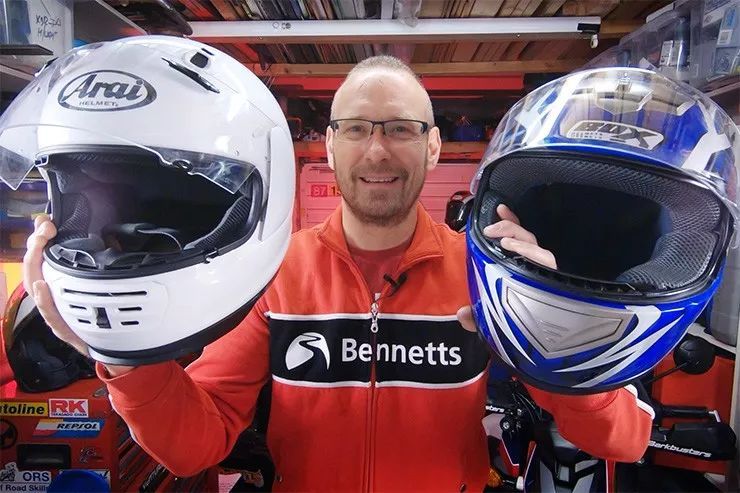
In order to obtain ECE certification, manufacturers must submit 50 production batches for independent testing. The test is conducted in a third-party laboratory and the manufacturer and ECE witnesses provide certification.
SHA RP 5 Star is a certification standard by the Land Transport Authority. UK Helmets available in fully tested shops are randomly selected for testing. This is not the case where the manufacturer sends the hats for testing. It is considered another highly reliable test. Because it is a test of actual helmets available for purchase. You can also visit the website to see detailed information on each hat model. How well are the forces acting on the head distributed? The highest rating is 5 stars.
You can select the brand and model here. www.zorbike.com
The TIS we are familiar with, namely Industrial Product Standards, refers to the requirements set by the Thai Industrial Standards Institute (TISI) as guidelines for product manufacturers. Produce high-quality, suitable products. All helmets sold in Thailand must pass the TIS test to protect consumers. That’s why there are thousands of hats. But they were still caught by the police. Because the law is written here.
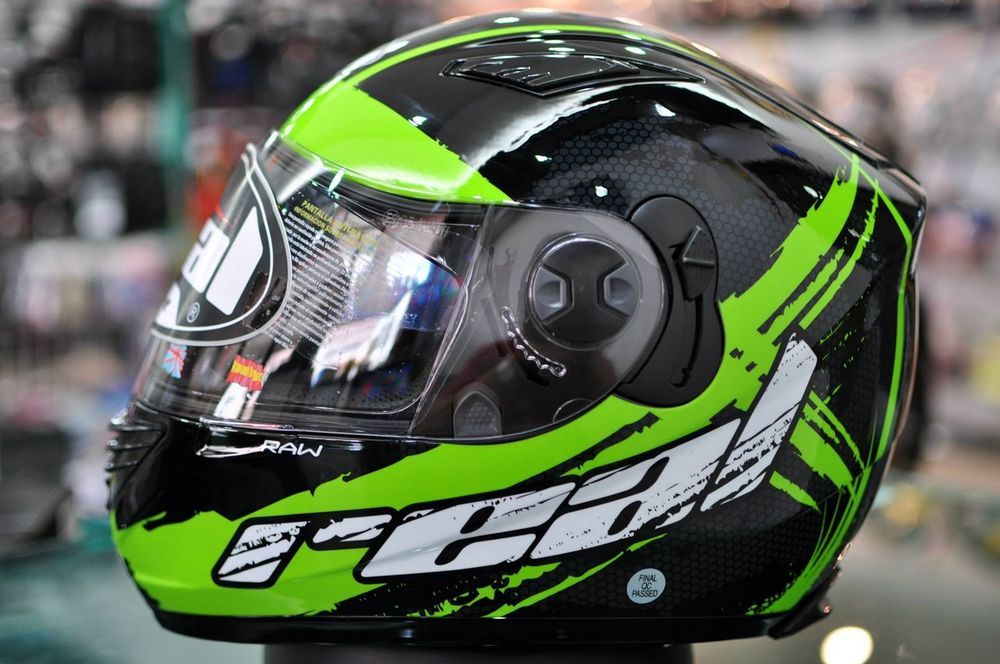
SNELL is considered the most stringent helmet testing standard today. And obtain the safest helmet quality tested by a non-profit private organization (SNELL M2015). The same model of helmet is tested every 5 years, and the test content is more detailed than DOT.
The test is provided by the SNELL Memorial Foundation, which was established in 1957 as a non-profit organization. The first standardized safety system was introduced on the track in 1959. SNELL has tested all types of helmets. Reach the safest standards whether it is a motorcycle, bicycle, Formula One, skateboard, ski or even a car helmet. It does not specify what material the helmet is made of. Currently, there are 4 main raw materials: ABS plastic, fiberglass, polycarbonate, carbon fiber, and carbon Kevlar.
See what types of hats are available Which brands are Snell certified?
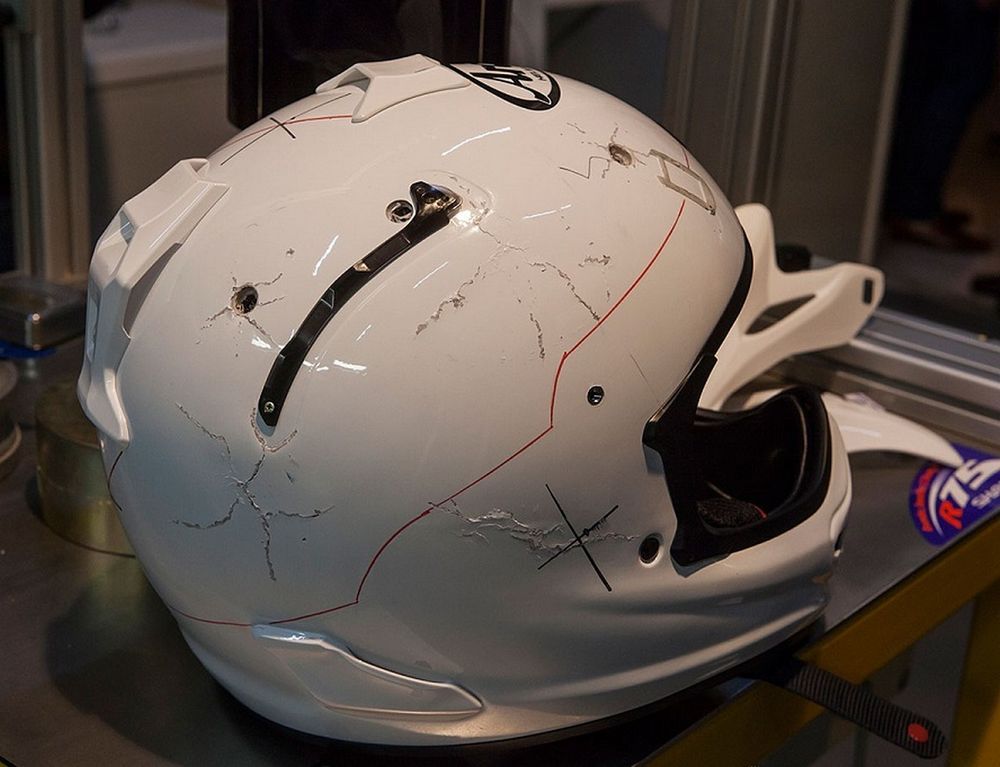
Helmets that meet safety standards
The SNELL standard is revised every five years, becoming more stringent with each revision. Therefore, helmet manufacturers must improve their production methods. It is standardized, and if you wait until the standard is published before starting production, you will not be able to supply the market in time. Therefore, manufacturers use it to test hats during production. By increasing the stringency to a few percentage points higher than the current standard. If it does not pass, then it can be concluded that SNELL certification should not be applied. Every year, the increase in standards puts pressure on manufacturers to further improve the performance of helmets.
Let’s watch the video to understand the role of SNELL testing.
Manufacturers seeking SNELL certification must submit all sizes of helmets for each model for testing. Helmets that pass the standard will receive a SNELL license and a SNELL label. Once you receive the SNELL label, you can affix the test pass symbol to your helmet.
SNELL1 Standard Test Impact Absorption Test
Use a flat steel bar to drop once from a height of 3.06 meters at a single location within the test area (generating 150 joules of energy) and a second time from a height of 2.24 meters at the same location (generating 110 joules of energy). Now, the speed applied to the dummy’s head must not exceed 2940 (300G) for the test to be passed.
SNELL Standard Test 2 Penetration Resistance Test This test tests the strength of the helmet against sharp objects such as bumps on the road surface. And motorcycle ladders, etc. The helmet must be able to protect the head from objects that may come into contact.
Test Method: Drop 3 kg. The impactor iron bar, that is, a pointed iron pendulum, from a height of 3 meters, using a pipe and wire as a guide, drops it onto the helmet – the helmet is worn on the dummy head. Preparation for the Penetration Resistance Test The dummy head is placed on the test bench and the striker touches the dummy head. Current flows through it and transmits data to the computer. “If the tip of the striker does not touch the figure’s head, the test passes.”
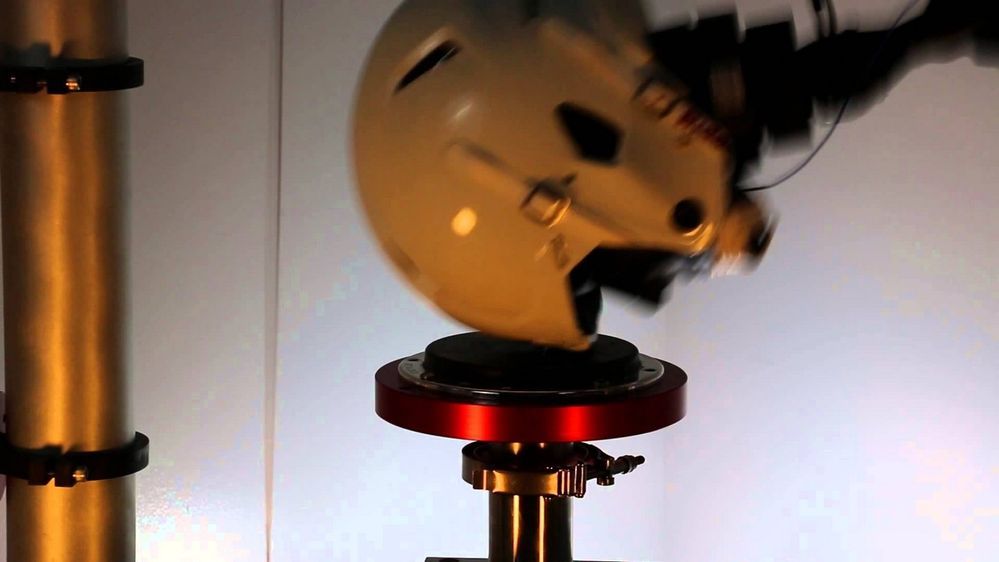
SNELL Standard Test 3 Chin Strap Test This test is used to test the strength of the chin strap. Because I am afraid that the chin strap will break and stretch when I fall or capsize, causing the helmet to fall off. Therefore, the chin strap test is necessary, based on the following principles:
The chin strap stretch is less than 30 mm, and the chin strap will not fall off. From the helmet, the test has passed.
SNELL Standard Test 4 Rollover Test This test is a test to increase the tension in order to take off the helmet. The helmet is not easy to fall off. Test method: Hang a hook on the helmet. A 4 kg weight is hung at the end of the hook and falls 0.6 meters. If the helmet does not fall off the dummy, the test passes.
SNELL 5 Standard Test Chin Part Test The SNELL characteristic test is a test of the strength of the chin part. When impacted, the chin part bends with the impact force to test the strength, so that no wounds are caused to the face. A helmet with an independent and removable chin part. This is a compulsory test for this test.
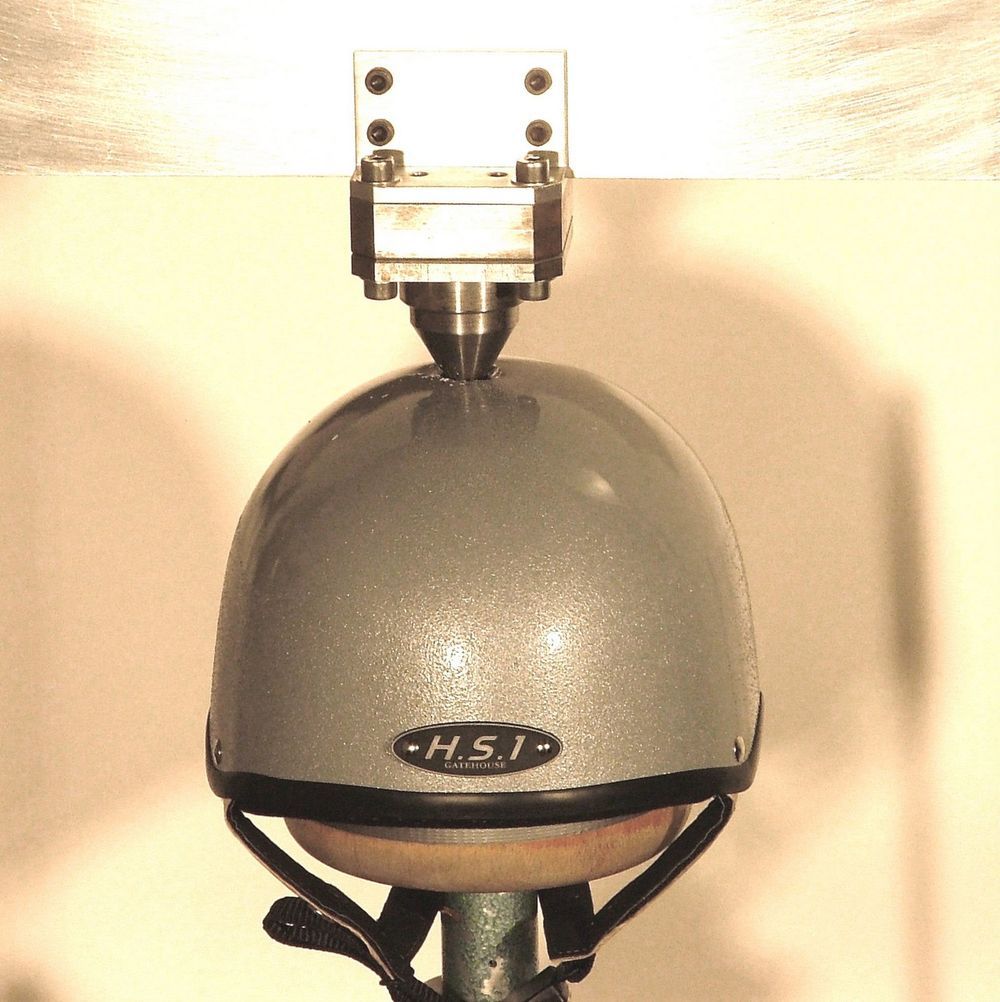
The helmet visor is also tested to ensure that it does not break when hit by a stone. Or any object ricocheting/flicking. The test is done by shooting the front shield with an air gun. If it breaks, it is considered a failure. And it is also considered harmful to the eyes.
In summary, the SNELL test is the hardest test. And gets the most protective efficiency helmets But it does not mean that other tests are not as good. Whichever helmet model passes any test, whether it is DOT/SNELL/ECE/Sharp or TIS, they have a high enough standard to pass these tests. Therefore, I want to buy a helmet. In addition to looking at the shape, design and color, don’t forget to check the safety standard symbols.
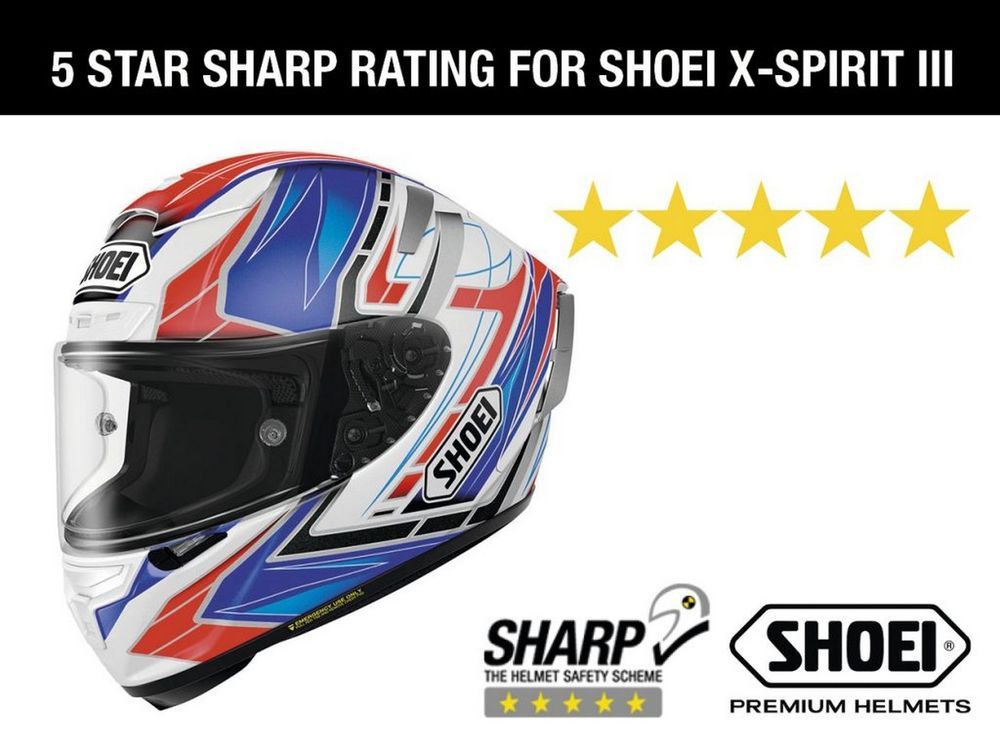
Follow the news and developments in the automotive industry here.
